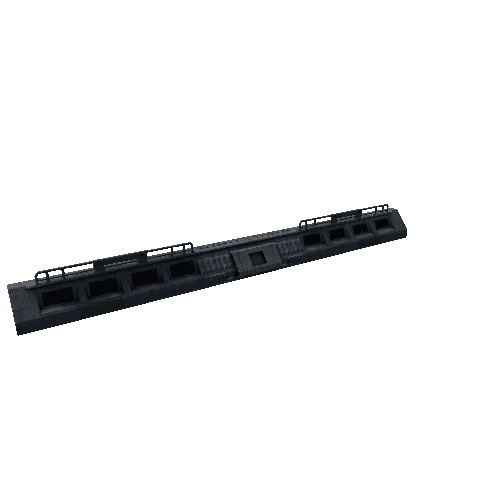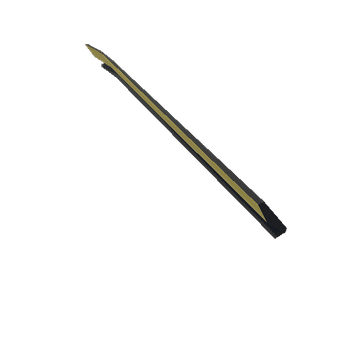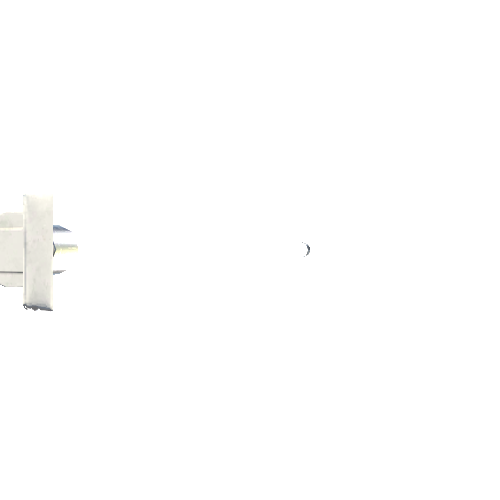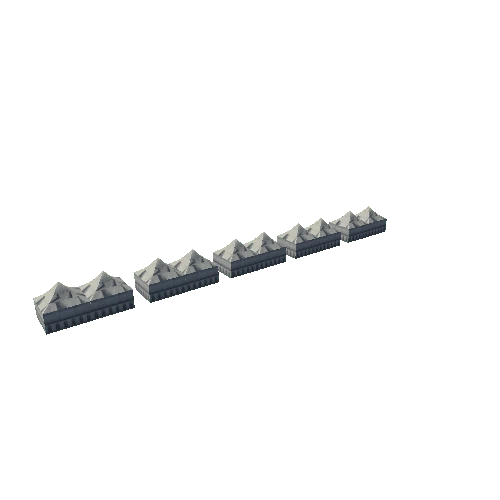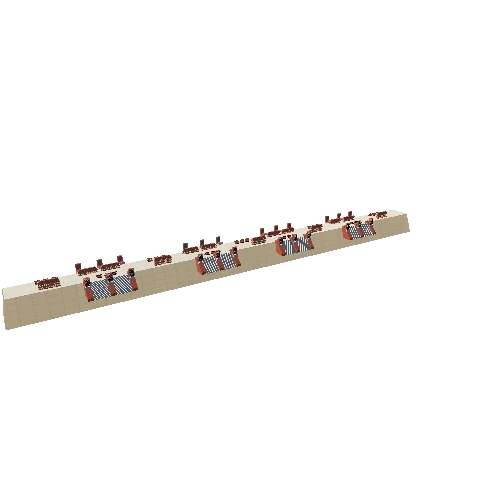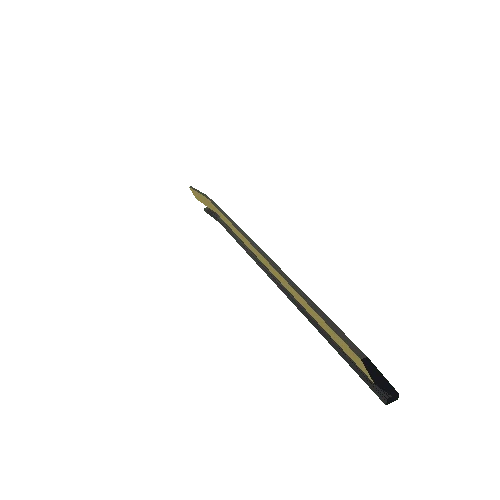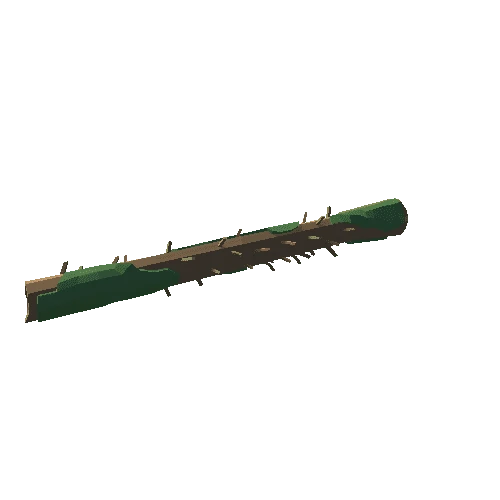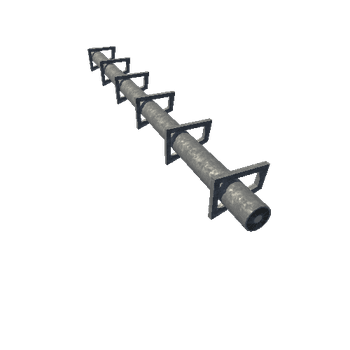Select or drop a image or 3D model here to search.
We support JPG, JPEG, PNG, GIF, WEBP, GLB, OBJ, STL, FBX. More formats will be added in the future.
Asset Overview
Wooden pipes were an element of the water supply line that provided the residents of Gdańsk with potable water taken from the canals of the Radunia river. Gdańsk’s water pipelines, dated to the 14th century, are considered to be the oldest such system in the territory of Poland. From the beginning, they were extended with more and more publicly accessible, underwater reservoirs called sumps. Sumps were the equivalent of municipal wells, but, unlike wells, they did not use groundwater but were fed with water from remote water intakes through wooden pipes. Water supply systems were also later extended to include individual water connections for properties. Pipe sections were made by boring pine trunks using drills, and then connecting them with iron or lead connectors with flanges that allowed the consecutive sections to be clamped together.
Manufacturer: producer unknown, ca. 16th-17th century
Inv. No.: MIM1362/IV-50 A,B
Model prepared on the basis of photogrammetric measurements.
Licence: CC BY-NC-SA
